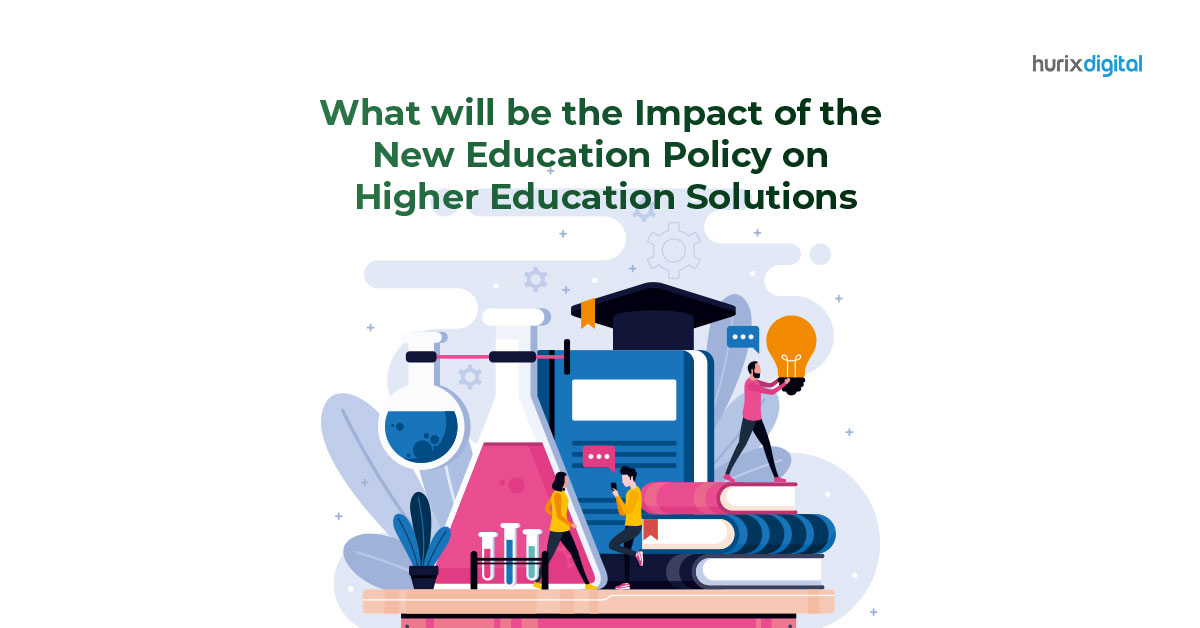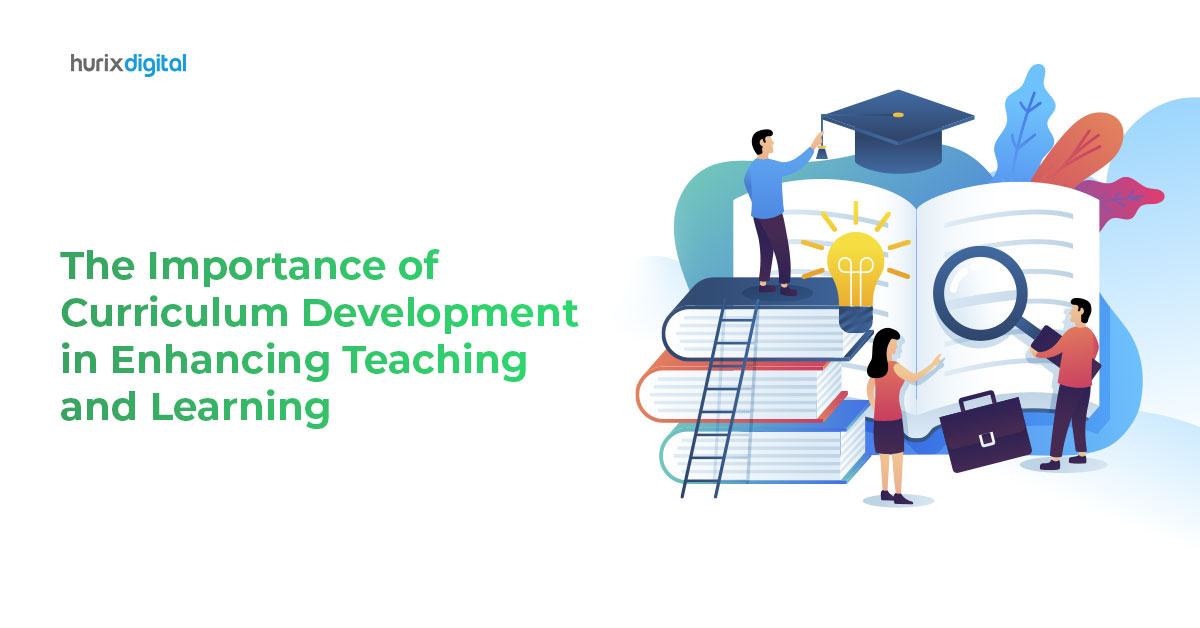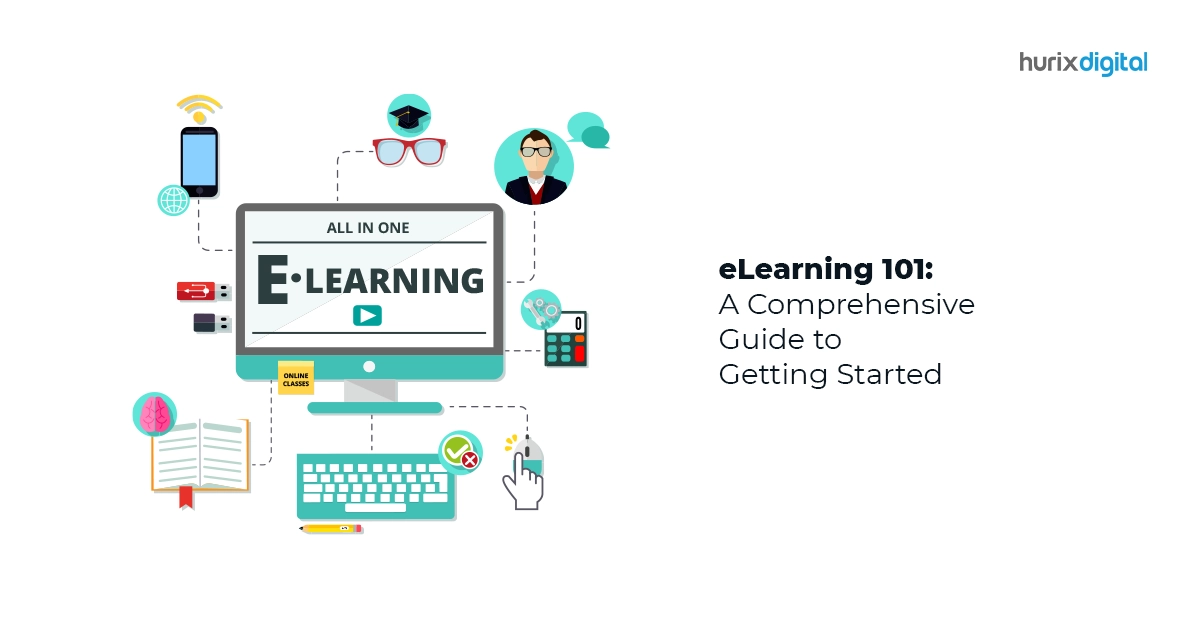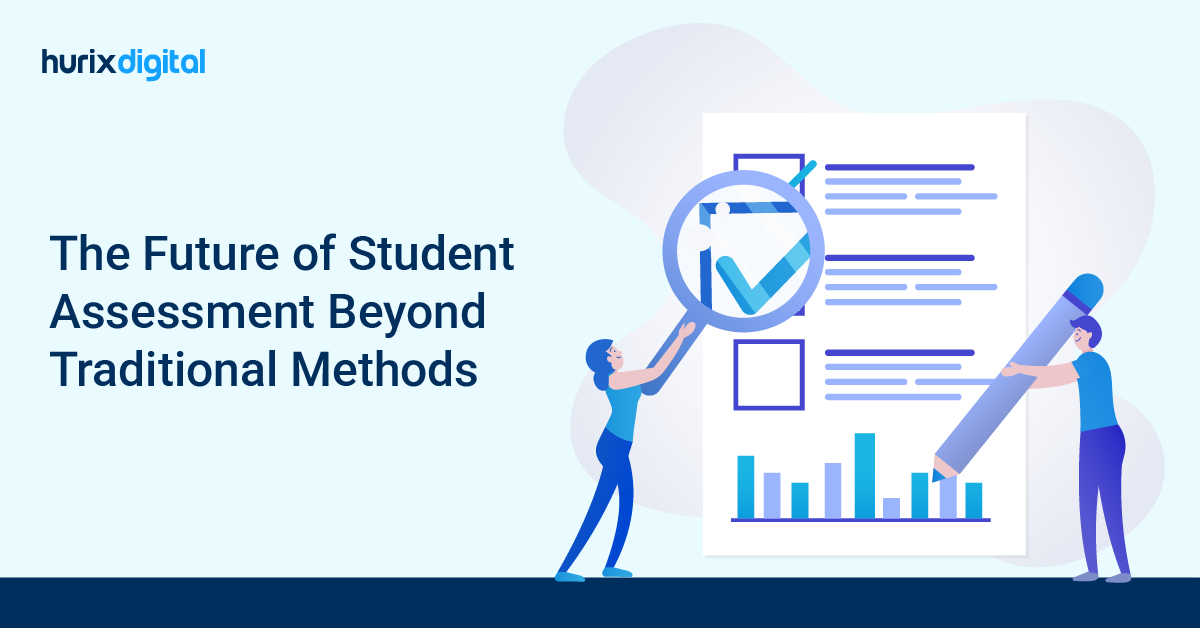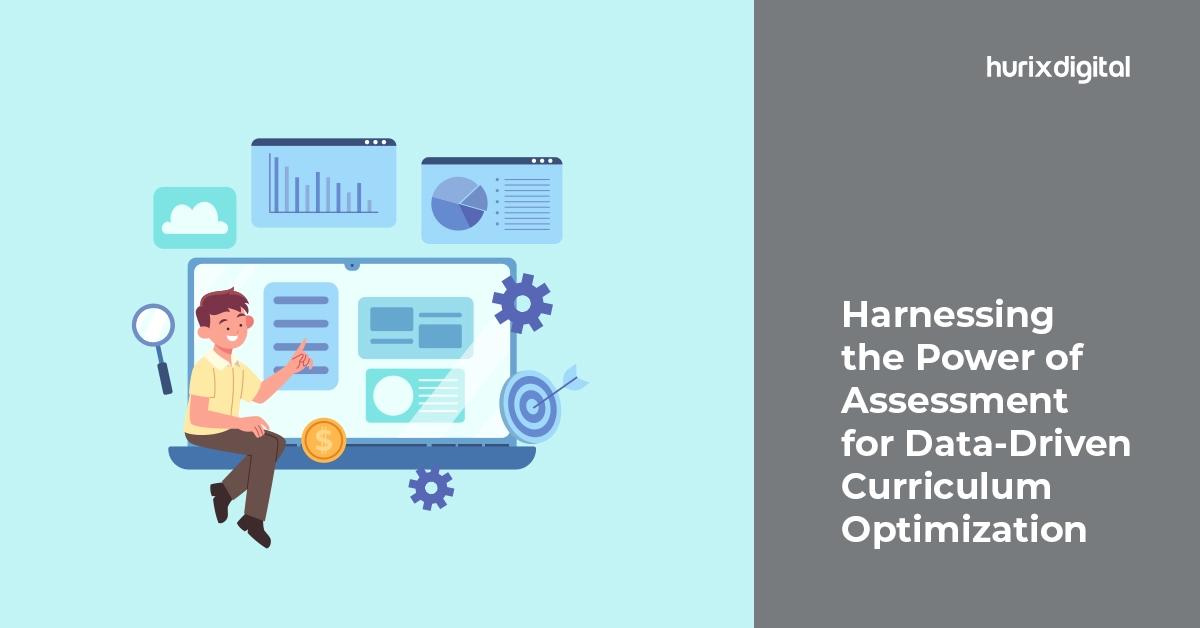
Harnessing the Power of Assessment for Data-Driven Curriculum Optimization
Summary
This article discusses the importance of curriculum assessment and how different types of assessment data can be used for curriculum enhancement. It also advocates leveraging EdTech tools for efficient curriculum assessment and enhancement.
Education involves teaching as well as helping students through the learning process. One of the ways teachers ensure students are learning is by conducting assessments, making them an important part of every curriculum.
It helps educators gauge their students’ progress, strengths, and weaknesses. This also allows them to help students better in their endeavors. However, learning outcomes are dependent on the curriculum as well. This makes curriculum assessment a necessity.
Curriculum assessment is usually achieved through the analysis of data collected through student assessments. By identifying gaps in learning, educators can better help students achieve the desired outcome by providing specialized care. This can be either through a change in teaching style, curriculum enhancement, or a balance of both.
The National Statistical Office Ministry of Statistics & Programme Implementation reported a 7.6% growth in real GDP during 2023-24, compared to 7% in 2022–23. This growth can be partially attributed to the improvements in the education sector brought about by constant curriculum optimization.
This article will discuss the importance of curriculum assessment and different types of assessment data for curriculum enhancement.
Table of Contents:
- Need for Curriculum Assessment
- Using Assessment Data for Curriculum Enhancement
- Formative Assessments
- Summative Assessments
- Performance Assessments
- Diagnostic Assessments
- Student Self-Assessments and Peer Assessments
- High-Stakes Assessments
- Authentic Assessments
- Technology-Based Assessments
- Benchmark or Interim Assessments
- Progress Monitoring Assessments
- Curriculum-Based Assessments
- EdTech: The Solution to Your Curriculum Optimization Needs
Need for Curriculum Assessment
Before you run off to pick through assessments and conduct a thorough assessment data analysis, it is important to understand the need for curriculum assessment. Fortunately, it can be easily explained:
- Identifying Effectiveness: Helps understand if the curriculum is giving you the results that you initially aimed for
- Meeting Objectives: Helps you assess if the objectives set in the beginning are being met
- Improvement and Change: Allows educators to make constant improvements through micro changes
- Quality Assurance: Helps in constantly monitoring the quality of education
- Policy Making: Helps policymakers plan better for the future
- Adaptation: Substandard educational goals, materials, and methods of instruction can be updated or scrapped altogether and replaced with material that will help with better learning
Also Read: The Relationship Between Curriculum Development and Evaluation
Using Assessment Data for Curriculum Enhancement
Now that we understand why curriculum assessment is crucial, let us take a look at how different types of assessment will help us with curriculum optimization.
1. Formative Assessments
Quizzes, homework assignments, and class discussions are real-time feedback mechanisms that allow educators to constantly assess the situation. This helps them adjust the curriculum more regularly for better learning outcomes.
2. Summative Assessments
End of a unit or semester measure what students have learned. Using this data, more long-term plans and adjustments can be made.
3. Performance Assessments
Practical skills are important in fields like art, music, or physical education. Through assessment of activities like presentations, demonstrations, and portfolios, educators can identify gaps in the curriculum and make the required changes.
4. Diagnostic Assessments
Pre-tests and surveys allow teachers to gauge what students already know and adjust their content and teaching styles to suit their needs.
5. Student Self-Assessments and Peer Assessments
Reflection journals and self-evaluation forms, or peer reviews and group project evaluations, often allow educators to understand student perception and compare it against other results to get a clearer picture of what changes are needed.
6. High-Stakes Assessments
College entrance exams and state accountability tests are a good way to assess the strengths and weaknesses of students and adjust education programs as needed.
7. Authentic Assessments
These involve tasks that reflect real-world challenges and standards such include research projects and case studies. These allow teachers to reflect on how to modify the curriculum best to make them real-world-ready.
8. Technology-Based Assessments
Technology is now largely used to administer assessments and collect data. They can provide immediate feedback and make tracking and analyzing student performance easier.
Examples include online quizzes and computer-adaptive tests. These tests allow for continuous curriculum enhancement through constant assessment data analysis.
9. Benchmark or Interim Assessments
Mid-term exams and other such mid-year assessments provide teachers with the right amount of data-driven insights to change their teaching style and make on-the-fly adjustments to the curriculum.
10. Progress Monitoring Assessments
Weekly tests and monthly subject-wise tests are often used to assess students’ academic performance and to measure their improvement over time. They help teachers adjust their instruction and interventions to meet students’ needs.
11. Curriculum-Based Assessments
Chapter tests and end-of-unit projects are designed to measure student learning of the curriculum. They help teachers evaluate the effectiveness of their instruction and make necessary adjustments.
Also Read: What is the Difference Between Curriculum Development and Instructional Design?
EdTech: The Solution to Your Curriculum Optimization Needs
Education was one of the first fields to leverage its advancement through EdTech. The 2023 GEM Report on Technology in Education advocates for the use of technology in education to achieve education for all worldwide.
Leveraging the power of EdTech can make curriculum optimization to be a fairly easy task:
- Real-Time Feedback: EdTech tools have been designed to provide and analyze real-time data. This allows educators to work on curriculum optimization regularly.
- Data Analysis: The data collected from assessments that are digitally mounted EdTech tools themselves provide the necessary analysis. This makes the job of collecting valuable insights needed for curriculum enhancement.
- Personalized Learning: As they are highly optimizable, EdTech tools can be tweaked for individual students, modifying the curriculum based on individual strengths.
- Interactive Displays: EdTech tools can create interactive displays of assessment data. This makes it much easier for teachers to understand these reports and take the necessary steps.
- Diverse Assessment Tools: EdTech tools offer a variety of assessment methods, including self-reflection, peer feedback, and portfolios. This paints a comprehensive picture of student learning.
- Continuous Feedback Loop: EdTech tools can create a continuous feedback loop for ongoing curriculum enhancement.
- AI Assessment: AI-driven EdTech tools offer pathbreaking strategic decision-making. This allows for enhancing the curriculum to near perfection.
However, to unlock the potential of EdTech, you need the right digital partner. For that, Hurix Digital can be your answer.
Hurix Digital has an extensive list of EdTech services it has curated and created over the years by leveraging the power of Artificial Intelligence and Machine Learning. They provide an array of assessments personalized to student learning styles, along with automated reports that educators can use to make changes to the curriculum in real time.
If you want to unlock your student’s potential by leveraging the power of curriculum assessment through EdTech, contact us today.

Senior Vice President
A Business Development professional with >20 years of experience with strong capability to sell new solutions and develop new markets from scratch. New Market Entry Specialist with experience working in the largest emerging markets. Exceptional experience in conceptualizing, ideating and selling new learning technologies like VR AR, etc. across multiple industry verticals.

